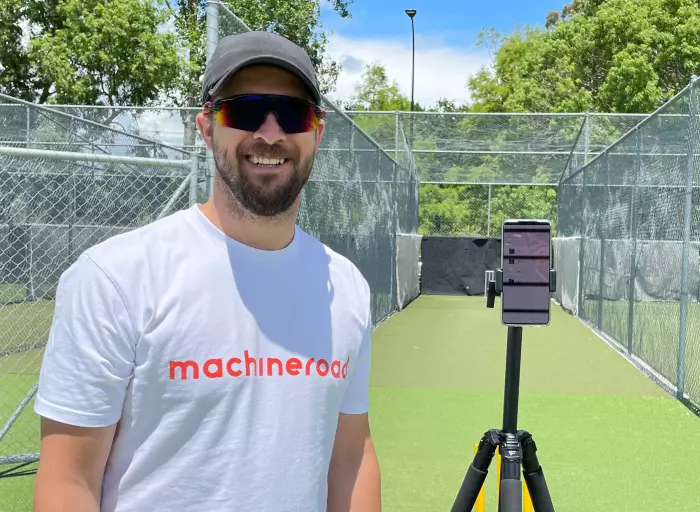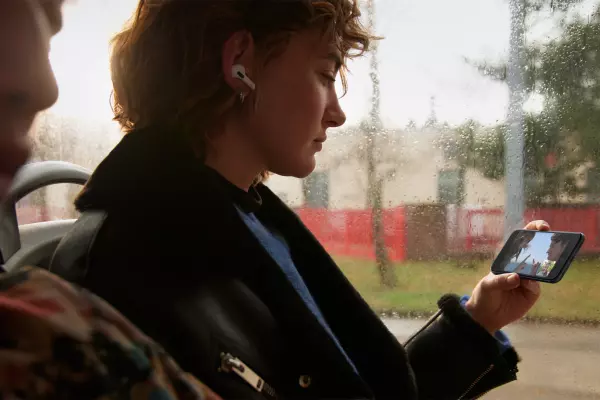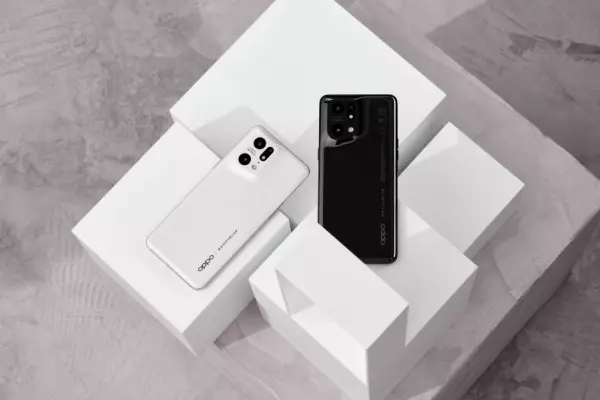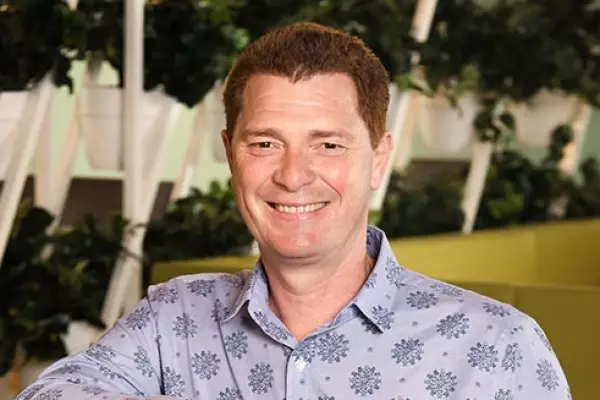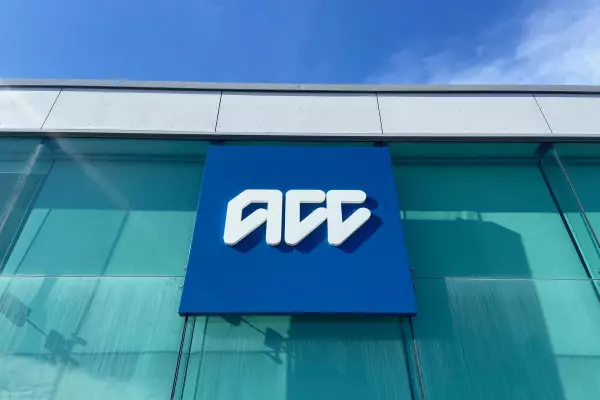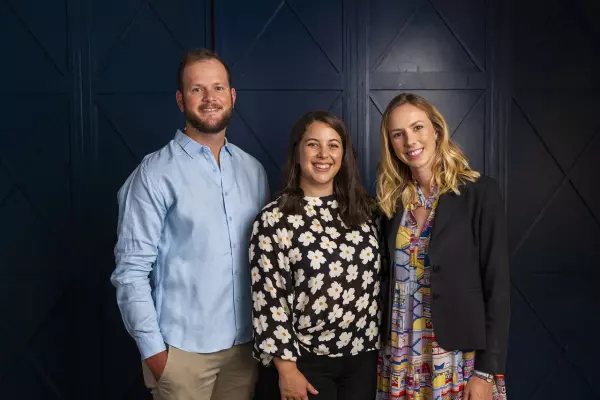Mitch Ferguson and his Black Caps star brother Lockie have found cloud scalability the key in developing Machineroad, an app that accurately records cricket bowling speeds using a smartphone.
Machineroad uses a combination of AR, algorithms, and AWS’s cloud to measure the speed and trajectory of bowling.
All you need is a phone and a tripod, bringing a new level of analytics to players of all levels.
Director Mitch told BusinessDesk the motivation behind the app is helping improve the potential careers of young cricketers.
“People who are more fortunate tend to get the opportunities to go through the grades. For us, it’s about trying to provide a bit more visibility to kids and the wider community whose families might not be able to fund them.”
Machineroad is currently self-funded by the brothers, with additional money from a Callaghan Innovation grant. This $64,000 covered 40 percent of the initial product’s R&D, Mitch said.
For users, a smartphone on a tripod at the bowler’s end of a regular length wicket is all that is needed, along with a partner to manually tap an on-screen button to capture the start and end of a bowl.
After a nets session, this author can attest to being better at tapping than bowling.
Line and length
The software shows a pitch guide to accurately line up the stumps, and can record the bounce point, length and speed of the bowl, as well as a video of each that users can view in slow motion.
Each ball bowled creates a new container hosted in the cloud and analysed in real-time. Mitch believes the app’s measured feedback is key to helping people improve their individual game.
“We don’t want to overload people with data. It’s about how we can catch key things to help people improve from a visual perspective, because people don’t want to be punching numbers. They want to see hot spots and speeds.”
The app is free to download for basic recording and playback, while a $10.99 per month premium tier unlocks pitch map analytics for each session, length percentages for each session and all balls overall, and bowl load analysis. It shows these data points in a clear way through top-down pitch maps and stat-rich graphs.
The target demographic is 12 years and above, which is roughly when younger players graduate to full size pitches.
“Every athlete, regardless of what level they’re at, can go down to the nets and work on a skill and work out what it is they do best, hone that skill, and get real-time feedback,” Lockie told BusinessDesk.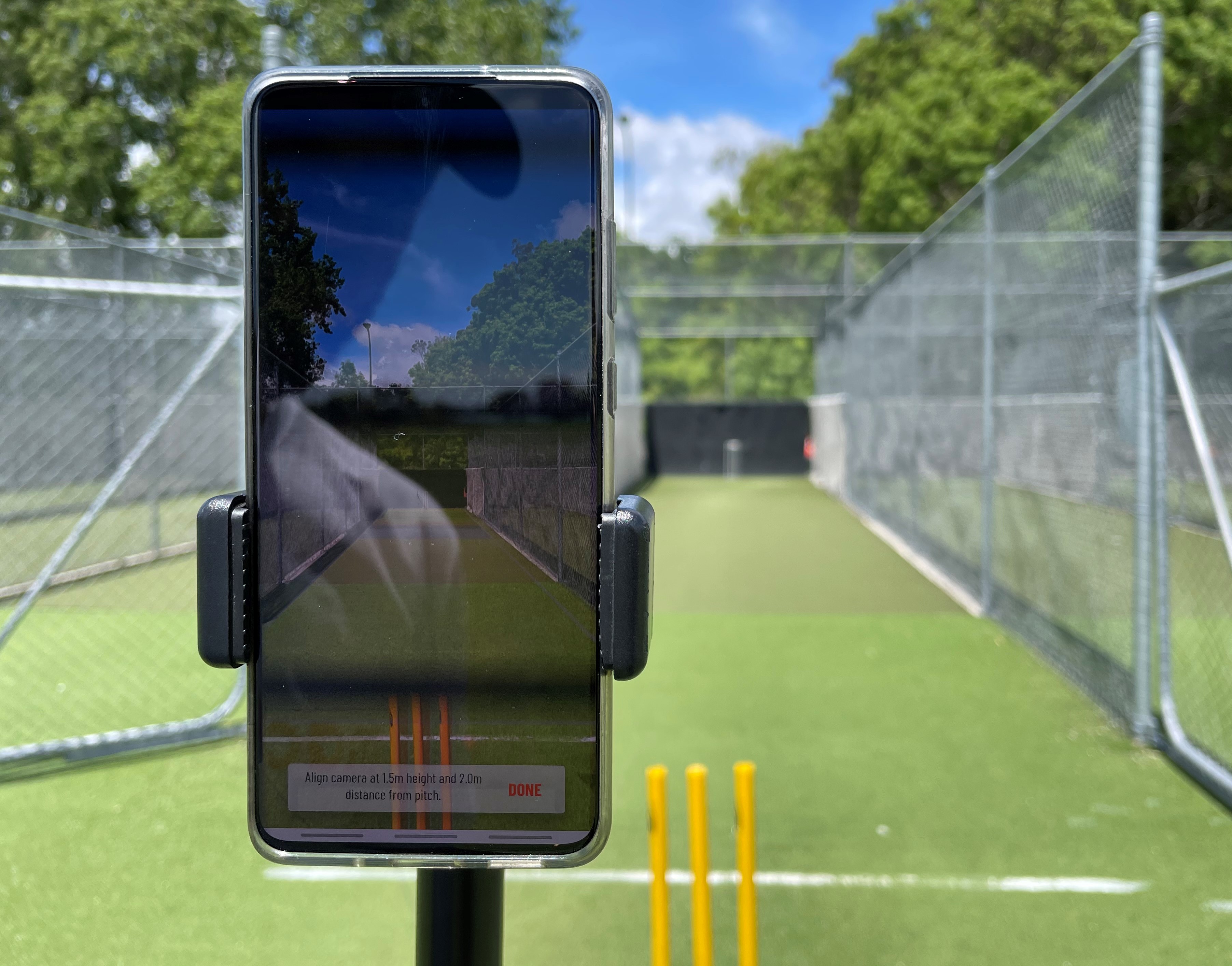
Grounded by the cloud
For Lockie, who made the official team of the tournament at the 2019 Cricket World Cup, the app helps to disprove his older brother’s bragging.
“Having a beer or two at the bar, people will say how quick they bowl and how great they were at high school. My brother was one of them, so it has ended his career of bowling 150km/h.”
Lockie's star power is helping attract interest from Kolkata Knight Riders teammate and England captain Eoin Morgan, bringing the app to a wider professional audience. Mitch has also been working to build local partnerships with Auckland clubs in Pakuranga and Parnell.
Publicity is ramping up, with public nets sessions at the Bay Oval in Tauranga scheduled on Nov. 29 and 30 before the Black Caps play the West Indies.
Mitch insists it’s not all about speed bowling, but rather awareness around managing injury, something Lockie in particular struggled with in his youth.
Mitch said he hopes the app will “help younger players manage their bowling loads to get a bit more insight of how to prevent these things.”
In its current guise, the app is proving a useful tool for parents with aspiring cricketing children to monitor potential injuries. After any number of overs recorded at the nets, the individual balls are hosted in the cloud rather than on-device, and each ball takes less than a minute to process.
Key to this is Machineroad’s use of AWS’s S3 Intelligent Tiering feature, a storage tool that automatically classes data as frequently or infrequently accessed according to use, a significant cost-saver for a start-up like Machineroad. Some users will only view balls a few times, whereas others will return more keenly to view progress, so the system moves data not accessed for 30 days to a lower cost hosting tier.
Another AWS feature the app runs on is Fargate, a component allocating compute resources based on real-time demand. Such automatic scalability means Mitch has been able to keep costs down and his team small. He outsources developer work as the userbase grows and more features are added.
Despite his brother’s star power, Machineroad is very much a start-up benefiting from the acute cost-saving cloud hosting allows. Being able to customise a suite of AWS features to its needs was also crucial.

Machineroadmap
As with all digital services the data flow goes both ways. AWS QuickSight lets Mitch see usage analytics on a pay-per-session basis, another cost-saving benefit to a start-up not accessing user data daily.
“The big thing for us is how we can be agile and how we can get feedback from users to burst when we need to, to then be able to develop, iterate, and then get it out the door so that customers aren’t waiting for updates,” Mitch said.
A recent update lets people add several user profiles to the recording screen so they can quickly cycle between bowlers using just one phone. Each bowler is sent only their own data, meaning several people can share one wicket and one tripod.
Mitch admitted the app, which stacks bowls continuously within the interface, will have to build towards a less linear architecture when more advanced features need developing. But for now, Machineroad is an app he has built for the cricket community, rather than to show off technology smarts.
“The key thing for us was to keep it super simple and get out there and get some data. We can build on that as we get more feedback from academies and clubs. It’s a community-based platform for everyday users, amateurs, and even the pros as well. It gives everyone more insight and visibility.”


